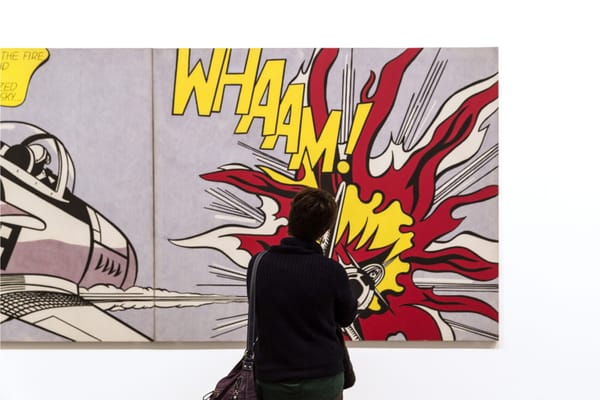Captivating Works by Lin May Saeed & Dance Legacy of Noa Eshkol

Employing a consistent formal language, deep empathy, and a cultural-historical understanding, Saeed’s works narrate stories of both the subjugation and liberation of animals. They advocate for solidarity and coexistence between species.
The exhibition is a cross-generational dialogue with Renée Sintenis, a key figure in modern sculpture. It not only traces formal developments but also examines societal shifts in the perception of animals over the past century. This exploration prompts reflection on contemporary issues, such as the impact of industrial animal husbandry on the climate.
Lin May Saeed’s intentional use of Styrofoam serves as a poignant reminder of humanity’s environmental impact, placing her art in a constant political discourse within the Anthropocene. The exhibition includes sculptures made of Styrofoam, steel, and bronze, complemented by an educational program on animality, animal ethics, and rights. The collaborative creation of the exhibition with Lin May Saeed adds authenticity to the presentation, inviting viewers to engage with profound themes of human-animal dynamics.
Noa Eshkol: ”No Time to Dance” March 15–August 25, 2024
The exhibition celebrates the life and groundbreaking work of Israeli dancer, choreographer, and artist Noa Eshkol (1924–2007). For Eshkol, dance transcends conventional elements like stage sets, costumes, and music; instead, she emphasizes absolute concentration on the essential. Her choreographic pieces treat body parts as distinct instruments, each with its unique scope and possibilities.
Noa Eshkol’s deep understanding of the body and spatiality led to the development of the Eshkol-Wachmann Notation (EWMN) in 1954, a unique system for encoding her choreographic works. Contrasting her minimalist choreographies and graphic dance notations are large-format, color-intensive tapestries. Initiated during the Yom Kippur War in 1973, these abstract textile compositions were crafted from collected fabric scraps.
In 2024, on what would have been Noa Eshkol’s 100th birthday, the Georg Kolbe Museum presents an exhibition that sheds light on her influential legacy. The showcase delves into Eshkol’s research on movement since the 1950s, encompassing choreographies, language studies, dances, textile art, and the notation system she developed for human and animal movements. The exhibition aligns with the museum’s thematic focus on modern dance and modernist architecture.
ART Walkway News





